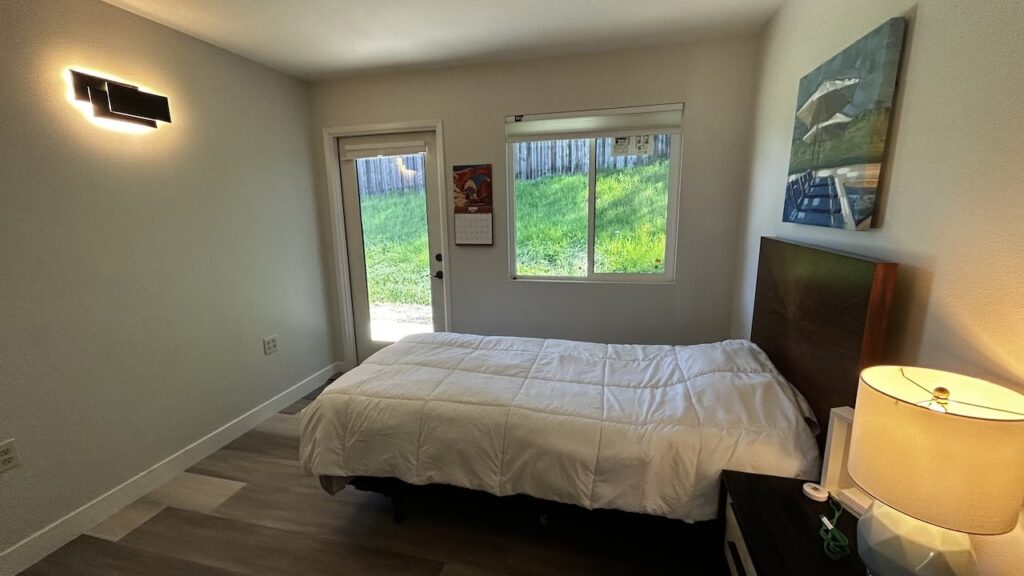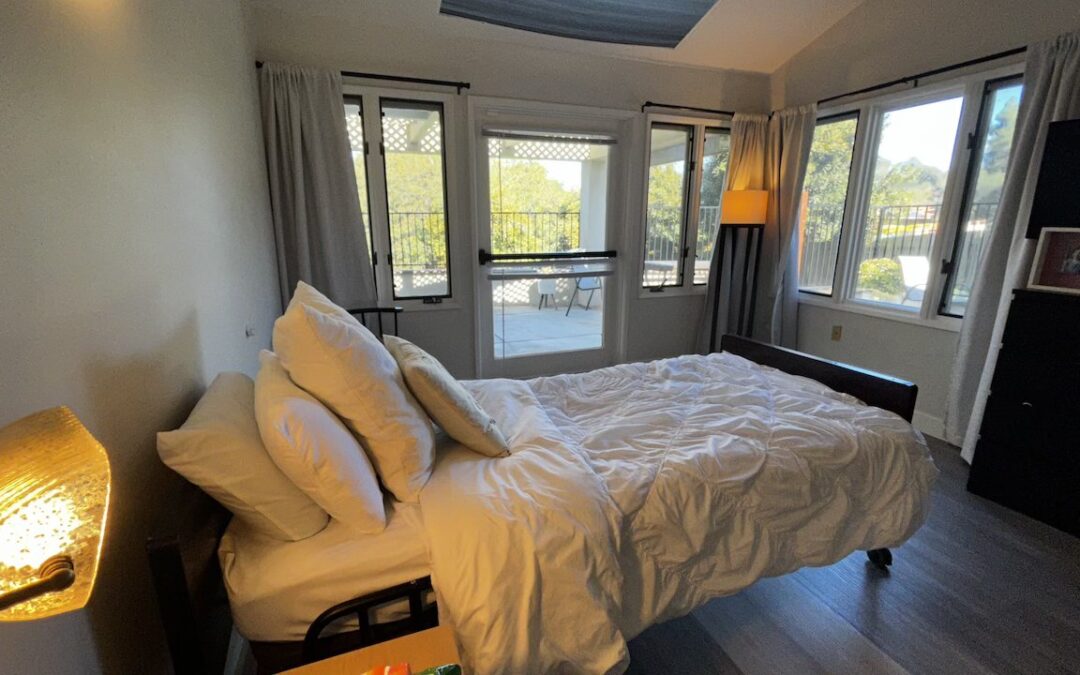The need for assisted living homes keeps growing as the population ages. California is no different. For seniors who may need help with daily tasks but still want to keep some of their freedom, assisted living offers a safe and welcoming place to live. But the price of assisted living can be a big problem for many families. The cost of living is pretty high in California, so it’s important to find good, cheap ways to pay for assisted living. This piece will talk about six ways to pay for assisted living in California.

Pay and save for yourself
Private pay and personal savings can easily cover supported living expenses. People and families frequently use their own income, investments, and other personal funds to pay for assisted living expenses. This choice gives you a lot of freedom and flexibility, but it might not work for everyone. California’s high cost of assisted living can quickly wipe out savings, so it’s important to look for other ways to make money.
Coverage for long-term care
The goal of long-term care insurance is to cover the costs of nursing homes, assisted living, and other long-term care services. People who buy long-term care insurance can get cash help when they need help living on their own. It is important to get long-term care insurance before you need it, because the fees are usually less expensive when you are younger and healthier. People who have policies should carefully read the terms and benefits to make sure that they cover enough of the costs of assisted living.
Benefits for Veterans
Benefits from Veterans Affairs (VA) can help veterans and their spouses pay for assisted living in California if they are qualified. Veterans and their surviving wives who need help from someone else or can’t leave their home can get a pension through the Aid and Attendance (A&A) program. In order to get these benefits, you have to meet certain requirements about your health, pay, and time in the military. The local VA office is where veterans and their families should go to learn about their choices and find out if they are eligible.
Medicare in California is called Medicaid.
Medicaid, which is called Medi-Cal in California, is a government and state program that helps low-income people, like seniors, pay for health care. Most of the time, Medicaid pays for care in a nursing home. However, some states offer Home and Community-Based Services (HCBS) waivers that cover care in assisted living facilities as well. In California, getting Medicaid depends on your income, and people who want to get it must meet certain financial requirements. Families can make the application process easier and get the most out of their Medicaid benefits for assisted living by looking into all of their choices and working with a knowledgeable Medicaid planner.
Mortgages backwards
A reverse mortgage can be a good way for seniors who own their homes to make extra money to pay for assisted living costs. People over 62 can get a reverse mortgage, which lets them turn some of their home equity into cash without having to sell their houses. This can give seniors a steady stream of income to pay for assisted living costs while letting them stay in their own houses. However, it’s important to carefully think about the terms and possible effects of a reverse mortgage because it can affect property and the ability to give the house to family members.
Loans for assisted living apartments
Living with help These are short-term loans meant to help adults who are moving into assisted living get the money they need right away while they wait for approval from other sources of funding. These loans can help with short-term money problems by covering the first costs of assisted living until other plans are finished, like selling a house or getting Medicaid approval. Although bridge loans are quick, they have higher interest rates and should only be used as a short-term solution for money problems.
Last but not least,
To choose the best way to pay for assisted living in California, you need to carefully think about your finances, the requirements for qualifying, and your long-term goals. Depending on personal funds, looking into insurance options, using veterans’ benefits, utilizing Medicaid, thinking about reverse mortgages, or using assisted living bridge loans, each choice has its own pros and cons. Families should talk to financial planners, elder law attorneys, and other professionals to make a complete plan that fits their loved one’s specific wants and goals. By looking into these six ways to pay for assisted living, families in California can make smart choices that keep their finances stable and make sure their elderly loved ones get good care.

